Brighter Blooms Joseph’s Coat Climbing Rose Roses
$79.99 Original price was: $79.99.$63.19Current price is: $63.19.
- Shop with confidence, we guarantee quality.
- 7 Days of Hassle-Free Returns
- Quality products for every lifestyle.
- 7-Day Returns, 100% Quality

Changing Multicolor Blooms on a Climbing Form
Ever-changing hues of pink, red, orange, and yellow make the Joseph’s Coat Rose more unique than any other variety that’s currently available. In fact, its double blooms are famous for their rainbow of varying colors that makes neighbors stop and stare.
Even better? Joseph’s Coat blooms on new and old wood. Blooms that change color almost daily and pleasant fragrance that grows naturally, without the need for pruning. The Joseph’s Coat lives up to its name, wrapping your landscape in vibrancy early each season.
Through sweltering heat and frigid cold, Joseph’s Coat gives you the home of your dreams and is one of the only orange-hued roses available. It’s nearly impossible to buy a rose that grows in southern Florida and withstands freezing temperatures, but this variety’s climbing form offers reliable, tried-and-true roses in the toughest conditions.
And you won’t have much luck finding the Joseph’s Coat Rose anywhere else. We’ve planted, grown and shipped your Joseph’s Coat with unmatched care. Unlike cheaper bare-root varieties offered by garden centers, your Joseph’s Coat Rose is ready to burst forth with vibrant multi-layered blooms.
Whether you grow your Joseph’s Coat in patio containers, on arbors or wrapped on trellises, it will make your yard the envy of the entire neighborhood.
But act fast – these roses sell out quickly since they’re rarely available at supersized garden centers. Experience the Joseph’s Coat Rose for yourself today!
Planting & Care
1. Planting: Select a spot with well-drained soil and full sun (6 to 8 hours of sunlight per day).
Plant your rose in a hole twice as wide but just as deep as the root ball. Water immediately to establish roots. Add a 3-inch layer of mulch to prevent weeds.
If you’re planting in a container, select a pot that’s about twice the size of your plant’s shipped container and use organic soil. Place your rose, water to settle its roots, and find a sunny spot on your porch or patio to place your container.
2. Watering: Water weekly, or check the surrounding soil. When the soil is dry about 3 inches down, it’s time to water your rose.
If your rose is container-planted, water until you see it flowing from the drainage holes at the bottom.
3. Fertilizing: Feed with a liquid rose fertilizer, once in the spring and once in the summer. Follow the instructions on the package.
4. Pruning: Other than shaping, no pruning is required.
| Size | 2 Gallon, 5 Gallon |
|---|
Be the first to review “Brighter Blooms Joseph’s Coat Climbing Rose Roses” Cancel reply
Related products
Apples Trees
Apples Trees
Citrus Trees
Berry Bushes
Fig Trees
Cherry Trees


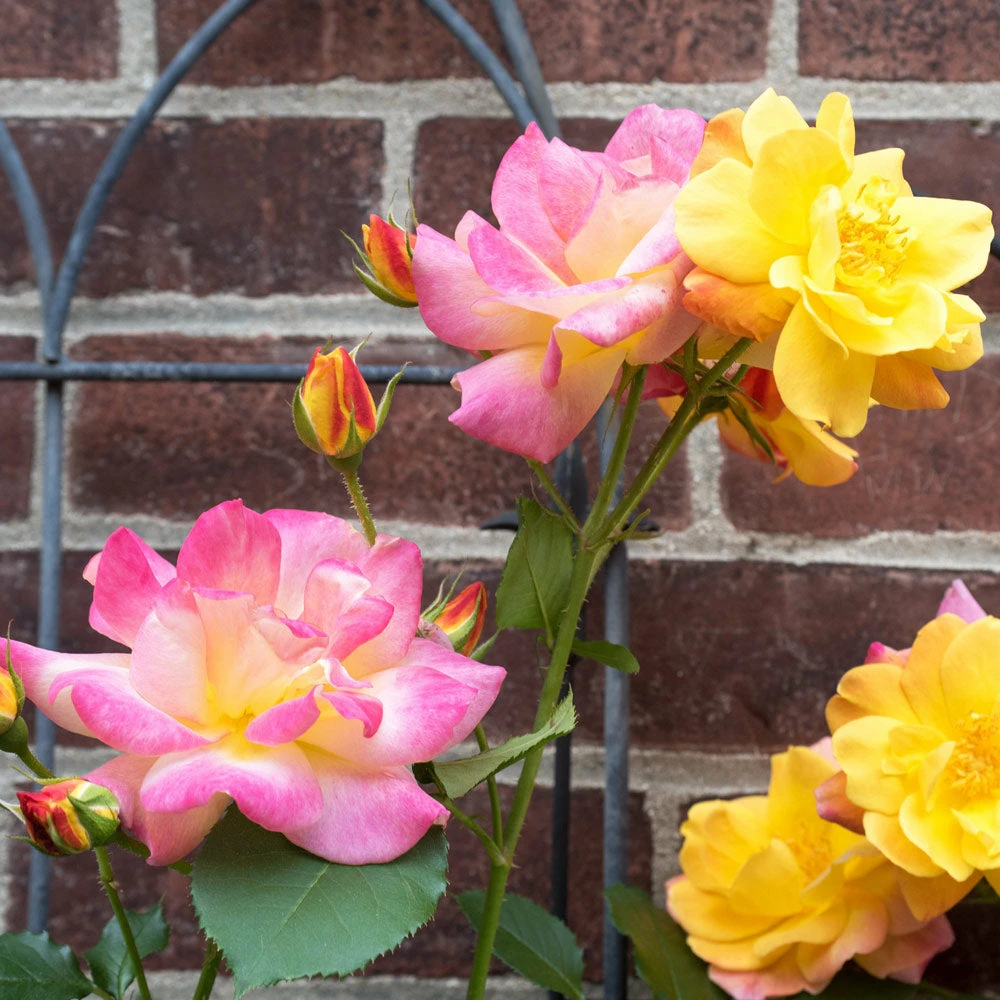

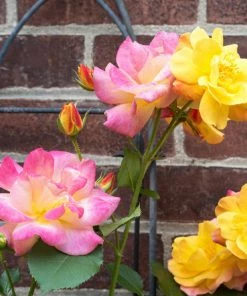
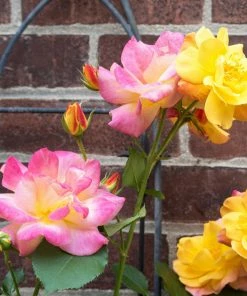










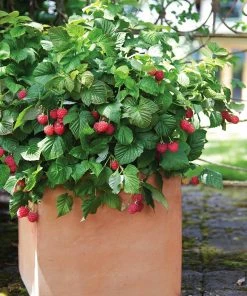

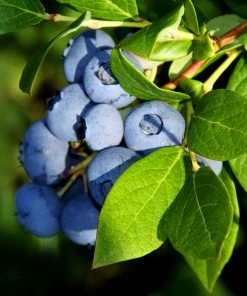




Reviews
There are no reviews yet.